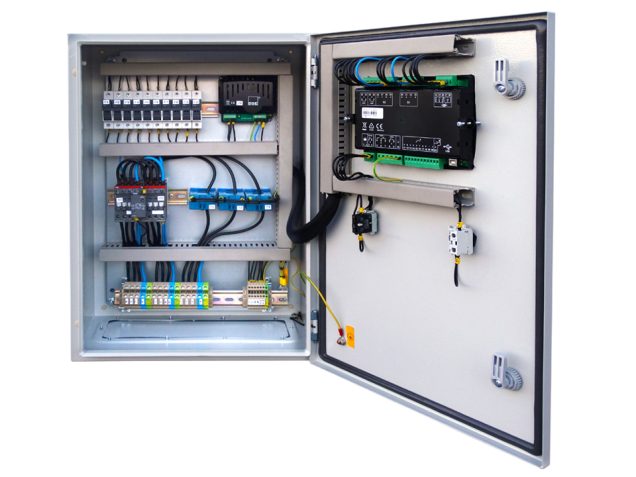An automatic transfer switch (ATS) forms the interface between the gen set, utility power, and the consuming electrical equipment. It performs three functions:
- It monitors power sources for failure.
- It transfers load from one power source to another.
- It can and should be used to exercise the gen set.
It provides safety to the gen-set operator and protects the electrical service and the utility. This switch must handle overloads for a short period of time while the proper protective relay begins operation.
Types of Transfer Switch
- Circuit Break: This Transfer switch type has two interlocked circuit breakers, so only one break can be closed anytime.
- Conductor: The conductor type is simpler in design, it operates faster than circuit breaker transfer switches.
The ATS provides lots of control measure for generator set operation. When voltage is low in the utility, it senses it and activates the generator set start-up and transferring the load to the generator. It also returns the load to the utility line when utility power is restored. The ATS also provides a timer so the engine runs long enough to warm up fully. It also times a cool-down period when the engine has been under load.
These controls can be either adjusted by the operator or fully programmed at the factory.
For more information or assistance during normal business hours, call or e-mail TPS at the phone number above. You can also complete and submit our Service Project Inquiry form.

